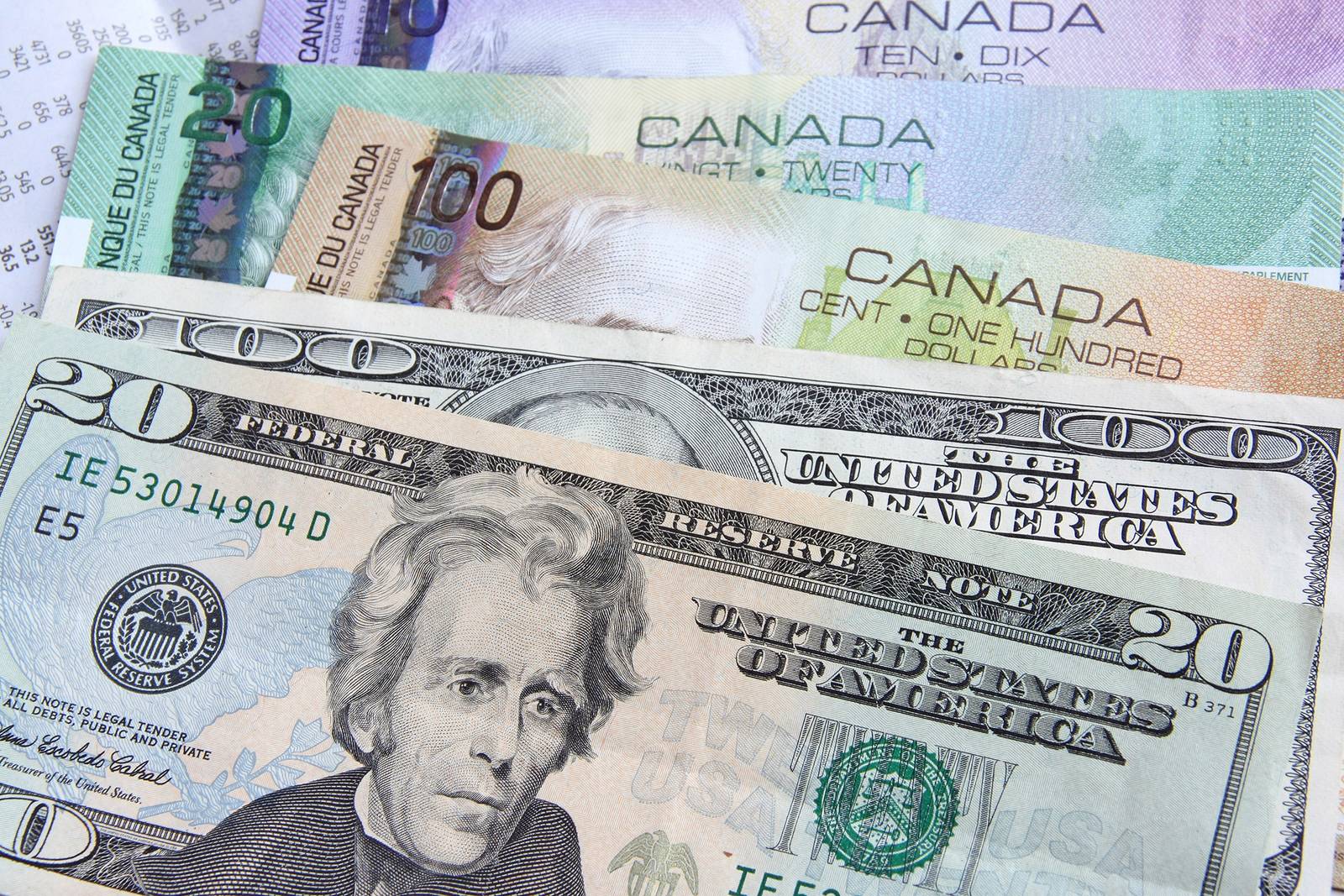TORONTO (Reuters) – The Canadian dollar weakened slightly against a broadly stronger U.S. counterpart on Friday as data showed U.S. job growth increased at a strong clip in November, adding to the loonie’s sharpest weekly decline since late October.
The Canadian currency lost 1.3 percent over the course of the week, with losses accelerating after Wednesday, when the Bank of Canada held interest rates steady as expected but surprised some with a subdued reaction to Canada’s own strong November jobs report last Friday that tempered expectations for a rate hike in coming months.
“The Bank of Canada has clearly signaled they’re still cautious at this point,” said Eric Theoret, a currency strategist at Scotiabank, who said an appearance next Thursday by Bank of Canada Governor Stephen Poloz would be a key opportunity to update the market on the central bank’s views. “The story for this year has been this rapid shift from the Bank of Canada from cautious to aggressive to cautious again,” he said.
The Central Bank hiked rates twice earlier this year.
At 4 p.m. ET (2100 GMT), the Canadian dollar CAD=D4 was trading at C$1.2867 to the greenback, or 77.72 U.S. cents, down 0.1 percent.
The currency’s strongest level of the session was C$1.2805, while it hit its weakest since Dec. 1 at C$1.2880.
Speculators had trimmed bullish bets on the Canadian dollar heading into the Bank of Canada rate decision, data from the U.S. Commodity Futures Trading Commission and Reuters calculations showed. As of Dec. 5, net long positions had slipped to 42,466 contracts from 45,658 a week earlier.
The slip on the day for the Canadian currency came despite higher oil prices and firm domestic data.
Canada’s capacity utilization rose to 85.0 percent in the third quarter, marking a 10-year high, as gains in the construction sector offset lower extraction volumes in the oil and gas industry.
Separate data showed that Canadian housing starts rose sharply in November. The seasonally adjusted annual rate of starts climbed to 252,184 from October’s downwardly revised 222,695.
Canadian government bond prices were slightly lower across the yield curve, with the two-year CA2YT=RR price down 1 Canadian cent to yield 1.503 percent and the benchmark 10-year CA10YT=RR falling 4 Canadian cents to yield 1.861 percent.


















